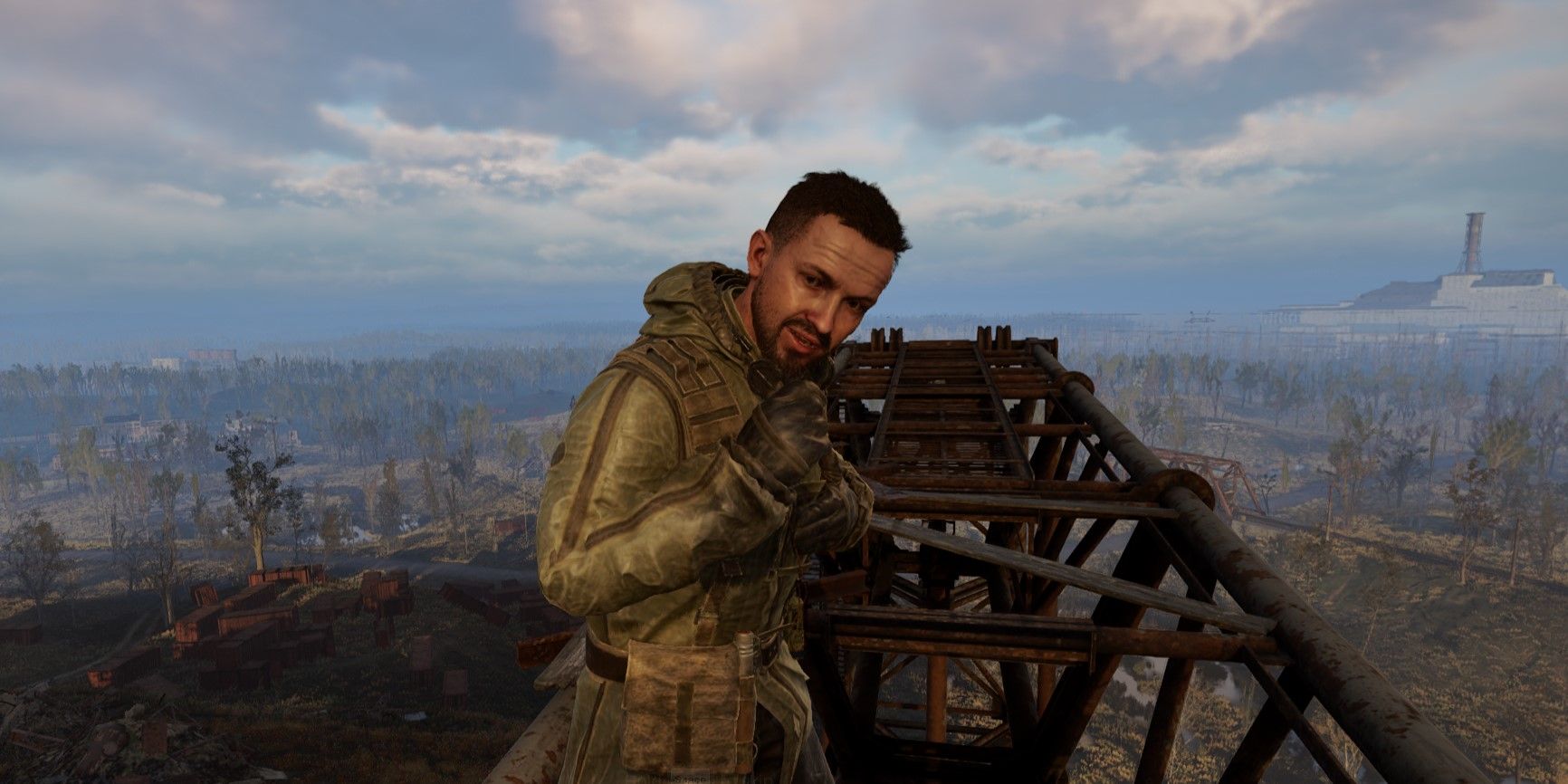A Haunting Journey Into the Unknown
Inspired by the cult video game franchise and loosely echoing Andrei Tarkovsky’s 1979 classic, S.T.A.L.K.E.R. (2025) is a stunning, mind-bending exploration of fear, identity, and survival in a world corrupted by an unknown force. Directed by Denis Villeneuve (Dune, Arrival), this reimagining transforms the eerie world of “The Zone” into a cinematic experience that is both terrifying and transcendental.
Plot Summary
Set in the near future, after a mysterious explosion creates a forbidden region known only as The Zone, the film follows a former soldier-turned-“stalker” named Elias (Cillian Murphy), who guides desperate clients into this ever-shifting wasteland. Within The Zone are strange anomalies, gravitational distortions, and a rumored location known as “The Heart”—a place where one’s deepest desires may be fulfilled… or destroyed.
Elias is hired by two clients: a theoretical physicist (Anya Taylor-Joy) hoping to uncover the source of The Zone’s power, and a former intelligence officer (Mads Mikkelsen) whose motives are far less clear. As they journey deeper, reality begins to break apart, and Elias must confront haunting memories, buried guilt, and the question of whether The Zone is alive—and watching.
Themes and Vision
S.T.A.L.K.E.R. (2025) is more than a sci-fi thriller—it’s a philosophical descent into the human psyche. Villeneuve masterfully weaves themes of existential dread, trauma, and mankind’s hunger for control into a visual and emotional spectacle. The Zone becomes a metaphor for inner darkness, where each character’s mind shapes what they see and experience.
The story challenges viewers to consider: Is the truth worth dying for? And can our desires ever truly be trusted?
Performances
Cillian Murphy delivers a riveting, deeply human performance as Elias—a man torn between duty and despair. His quiet intensity anchors the film, conveying both strength and brokenness. Anya Taylor-Joy brings a mixture of intelligence and vulnerability to her role, while Mads Mikkelsen is chillingly enigmatic, never revealing his true intent until the final, devastating moments.
Hiroyuki Sanada appears in a brief but haunting role as a former stalker driven mad by the Zone, offering a glimpse of what Elias may become.

Visuals and Sound
The cinematography, led by Greig Fraser, is mesmerizing—dust-filled rays of light, decaying cities, and surreal landscapes blend natural beauty with dread. The visual effects are understated but powerful, emphasizing distortion, levitating objects, and gravitational warping that make The Zone feel truly alien.
Hans Zimmer’s score is sparse, atmospheric, and unnerving. Industrial sounds, whispered echoes, and low-frequency pulses build tension and enhance the film’s psychological impact.
Reception
Premiering at the 2025 Cannes Film Festival, S.T.A.L.K.E.R. received a 12-minute standing ovation and has been hailed as one of the most ambitious sci-fi films of the decade. Critics praised its emotional weight, haunting visuals, and philosophical complexity. While some viewers may find the slow pace challenging, it is a deliberate choice to immerse audiences in the unsettling and meditative world of The Zone.
Conclusion
S.T.A.L.K.E.R. (2025) is not just a film—it’s an experience. Visually arresting, intellectually provocative, and emotionally gripping, it transcends its video game origins to become a cinematic masterpiece. With unforgettable performances and masterful direction, it stands as a modern sci-fi classic that lingers in the mind long after the credits fade.
-1750989181-q80.webp)

-1754102685-q80.webp)
